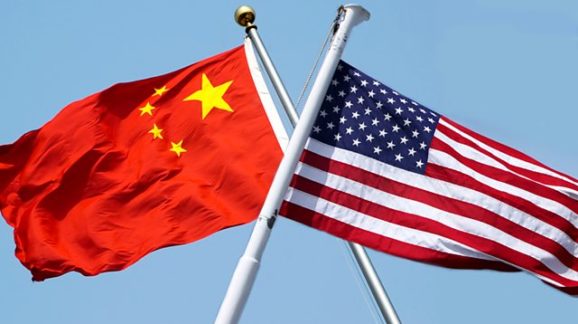China Caught Cheating on Montreal Protocol Ahead of Major Meeting

 A recent study has found that emissions of carbon tetrachloride from East Asia are on the rise, even though production of this chemical has been banned under the 1987 Montreal Protocol on Substances that Deplete the Ozone Layer (Montreal Protocol). The emissions appear to be emanating from China.
A recent study has found that emissions of carbon tetrachloride from East Asia are on the rise, even though production of this chemical has been banned under the 1987 Montreal Protocol on Substances that Deplete the Ozone Layer (Montreal Protocol). The emissions appear to be emanating from China.
A similar study published earlier this year documented continued emissions of CFC-11, another compound restricted under the Montreal Protocol, and also apparently coming from China. These compounds were restricted on the grounds that they were believed to contribute to depletion of the Earth’s ozone layer.
The parties to the Montreal Protocol are scheduled to have a major meeting November 5th—9th in Quito, Ecuador. Topping the agenda will be the 2016 Kigali Amendment, which would expand the Montreal Protocol’s list of restricted compounds to add ones believed to contribute to global warming. This would include the refrigerants now used in most air-conditioning and refrigeration equipment. Ironically, many of these putative greenhouse gases came into widespread use as “environmentally-friendly” substitutes for the ozone-depleting refrigerants originally outlawed under the treaty.
The Kigali Amendment is scheduled to go into force on January 1st, 2019. The Trump administration has yet to submit this treaty amendment to the Senate for the required ratification, and the President has not said whether we will do so.
There are many good reasons for the U.S. to stay out of the Kigali Amendment, chief among them being the increased cost of air-conditioning and refrigeration that would result. But the role of China, Russia, and other outlaw nations provides another reason to avoid Kigali. American ratification of this agreement would provide such nations with lucrative new opportunities to cheat by producing illegally the compounds that could no longer be made here, thereby giving these competitors an unfair advantage.